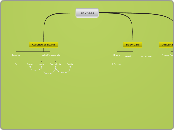door Michayla Erasmus 1 jaar geleden
157
Pharmacokinetics and Pharmacodynamics
The text discusses the roles of various receptors in the body, specifically focusing on alpha and beta receptors. Alpha receptors are divided into Alpha 1 and Alpha 2, primarily found in vascular smooth muscles and effector tissues.









